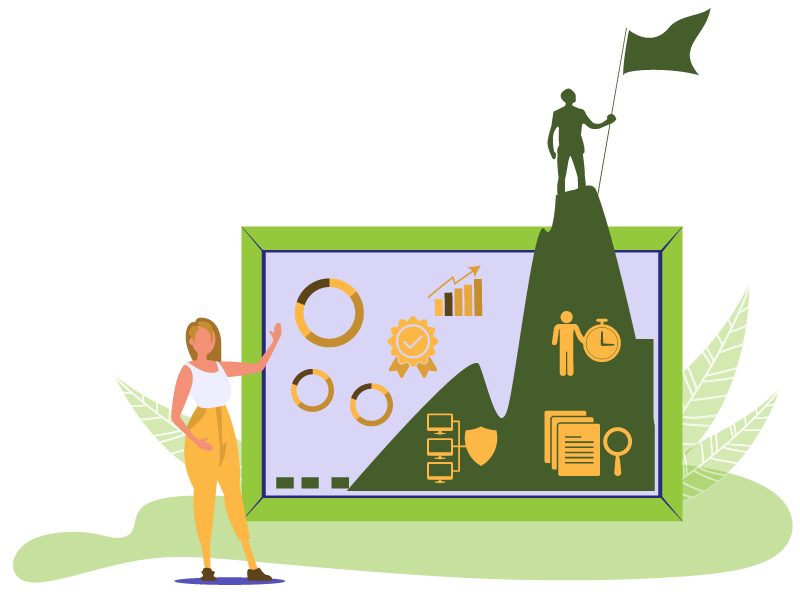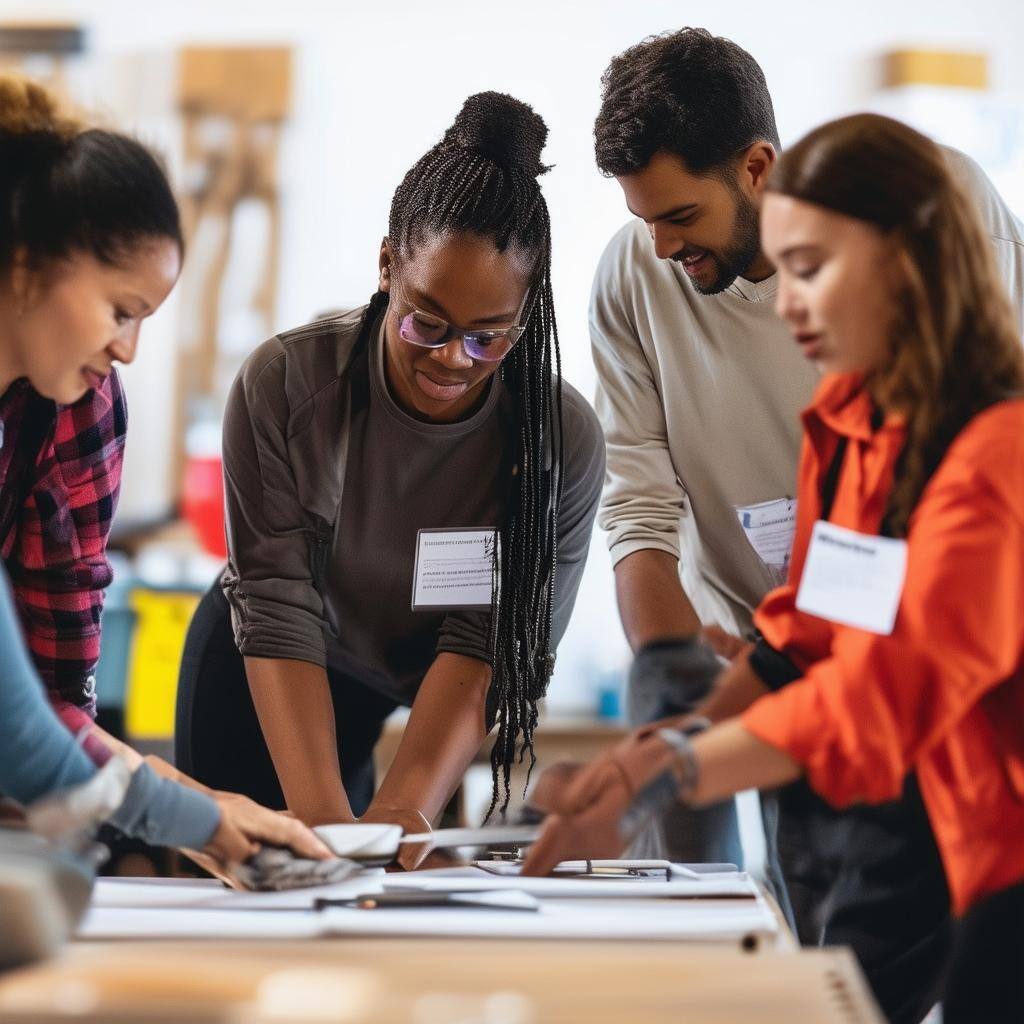Time-Saving Volunteer Supervision Hacks
Effective volunteer supervision is crucial for a successful volunteer program and thus greater impact. By leading volunteers well, you can ensure...
5 min read
 Team Better Impact
Dec 13, 2023 8:30:00 AM
Team Better Impact
Dec 13, 2023 8:30:00 AM

Constituent relationship management (CRM) systems are significant investments for nonprofits. These platforms are of utmost importance: they allow nonprofits to keep their constituent information organized and launch campaigns that lead to meaningful donor and volunteer interactions.
But too often, we see nonprofits rush into purchasing a new CRM that doesn’t quite fit their needs, or fail to take advantage of all of the tools their CRM offers to maximize fundraising and engagement. We want to ensure this doesn’t happen to your nonprofit!
In this guide, we’ll explore the following six tips for maximizing the ROI of your nonprofit CRM:
The right CRM (and the right strategies to use it to the fullest extent) will serve your nonprofit for years to come. That means it’s worth it to take the time to carefully consider and implement these best practices.
The best way to ensure your nonprofit will make the most of its CRM system is to choose a platform that you love upfront. When you find a CRM that aligns with your goals and that your staff enjoys using, you can more easily leverage the system to its fullest potential.
If you’ve outgrown your current CRM and want to switch to a more robust platform, a CRM consultant can help you find the right solution. They’ll take the following steps to help find the tool that’s best suited to your unique needs:
With a consultant’s help, you can find a system that your fundraising team is excited about, making it much easier to transfer your data and processes over and get the new platform up and running quickly.
To improve your return on investment, you have to know where you’re starting from. Assess your nonprofit’s data reports to understand how well your current strategies are working. Then, establish objectives based on areas that could use improvement.
Set goals based on data points that actually matter and are relevant to your fundraising strategies and goals. For example, you may choose key performance indicators (KPIs) related to measurable goals such as:
Make adjustments when necessary in response to shifting results or priorities. For instance, you might notice that your donor retention rate has steadily declined for three years. In this case, you might shift more of your CRM activities toward donor stewardship and satisfaction to increase this metric.
Data hygiene involves reviewing your CRM’s database to ensure accuracy and completeness. Maintaining proper data hygiene can help your nonprofit maximize its ROI in a number of ways. For example, it allows you to:
Establish standard data entry procedures for your nonprofit, such as guidelines for inputting email addresses, phone numbers, and street addresses. This will help prevent duplicate, inaccurate, or incomplete records within your CRM.
Your nonprofit CRM might not be perfectly designed to your nonprofit’s requirements right out of the box. It often takes a bit of rearranging to set up the system in a way that’s most convenient and intuitive for your team.
By partnering with experts in CRM consulting, you can more easily customize your nonprofit’s CRM to suit your unique needs and goals. For example, a consultant can help personalize aspects such as:
Don’t be afraid to have an open dialogue with your consultant and provide feedback as you work together to find the best setup for your staff.
If you’ve recently switched to a new CRM, staff adoption and acceptance of your new platform are critical to the success of the system and your ability to drive a high ROI. When your team members are comfortable with and highly knowledgeable about your CRM system, they’ll be able to utilize its unique features to enhance your fundraising initiatives.
Familiarize your fundraising team with your CRM by taking these steps:
Encourage team members to share tips and tricks with their colleagues through regular meetings or shared documentation. This ensures that everyone is on the same page about the best ways to streamline their workflow and improve efficiency when working in the system.
Integrations extend the functionality of your core CRM platform, allowing you to continue using the other software solutions you have in your tech ecosystem in conjunction with the CRM.
Before selecting a new CRM, investigate whether your top platforms integrate with software you’re already using, such as your:
Work with a CRM consultant as needed to ensure these integrations are configured correctly so that data flows seamlessly from one platform to another. This will allow you to incorporate donor insights into other outreach efforts, like email marketing or social media campaigns.
For example, you can pull email addresses from your donor database to create a segment within your email marketing platform and reach out to specific donor groups. Or, you can transfer volunteer information from your volunteer database to your donor database to cultivate volunteers as donors.
These cross-platform integrations help ensure that no donor data falls through the cracks and that you can creatively reach out to donors using data-driven strategies.
Like with any purchase, you want to make sure that your nonprofit’s CRM system is worth the investment. After thinking carefully about which CRM to invest in, the above tips will help you use your system most effectively to better connect with donors and further your mission.
Featured Posts

Effective volunteer supervision is crucial for a successful volunteer program and thus greater impact. By leading volunteers well, you can ensure...

As we approach International Volunteer Manager’s Day on November 5, it’s essential to highlight the crucial role volunteer managers play in guiding...

The best nonprofit websites are designed to share information about all aspects of an organization. From a nonprofit’s goal to its day-to-day...